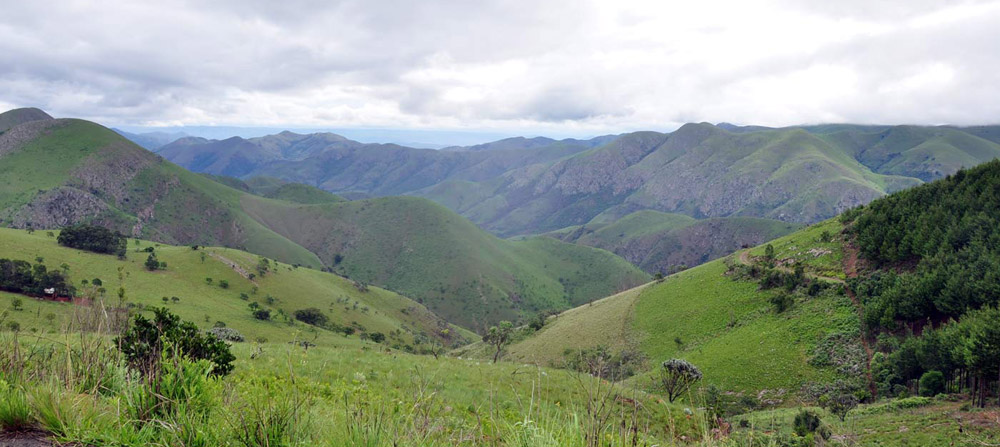The village of Bulembu (Eswatini) is nestled in an idyllic setting surrounded by rounded mountains, but its past is marked by a former asbestos mine that ceased its operations in 1999, leaving the village disfigured and emptied of its inhabitants.

In 2006, the NGO Bulembu Ministries acquired these lands with the ambition of revitalizing the village by promoting sustainable development in the region. The organization also committed to taking care of more than 350 orphaned and vulnerable children from the country.
Bulembu received support from The Ivory Foundation for a biochar experimentation project. The foundation provided the NGO with a biochar burner used in the cultivated areas of the village, especially in the gardens that supply the orphanage’s canteen.

Biochar is a solid material obtained through the carbonization of biomass, and it has the ability to improve soil fertility, leading to higher agricultural yields. Once produced, biochar can be finely ground and spread over crops, then incorporated into the top layer of the soil.
In this context, biochar was also used to regenerate the soils of the former mine, which had left a 50-hectare open-pit area, causing environmental concerns for the local population. By promoting the growth of natural vegetation, biochar helped cover the asbestos-laden tailings, thereby reducing the risk of airborne dust that could be harmful to the environment and the health of the residents.
A lire aussi dans cette rubrique:
Agriculture et éléphants en Tanzanie
How is biochar made?
Biochar is obtained through the pyrolysis of biomass (pyro=fire – lysis=decomposition). Pyrolysis is the decomposition of an organic compound by heat to obtain other products that it did not originally contain. The process is carried out in the absence of oxygen or in a low-oxygen atmosphere to prevent oxidation and combustion (the operation does not produce a flame).
Biochar also has the ability to sequester carbon, which reduces greenhouse gas emissions and is also an interesting solution for managing plant waste.
Once produced, biochar can be finely ground and spread over agricultural crops and incorporated into the top layer of the soil.

Biochar, therefore, offers several advantages for agriculture:
-It increases crop yields, sometimes significantly, especially if the soil is in poor condition.
-It reduces agricultural pollution to the environment.
-It retains moisture, helping crops withstand periods of drought.
-It has the ability to regenerate depleted soils and promotes the growth of essential microorganisms for nutrient absorption, such as soil mycorrhizal fungi.
You will also be interested in:
Experimentation of biochar in Botswana

